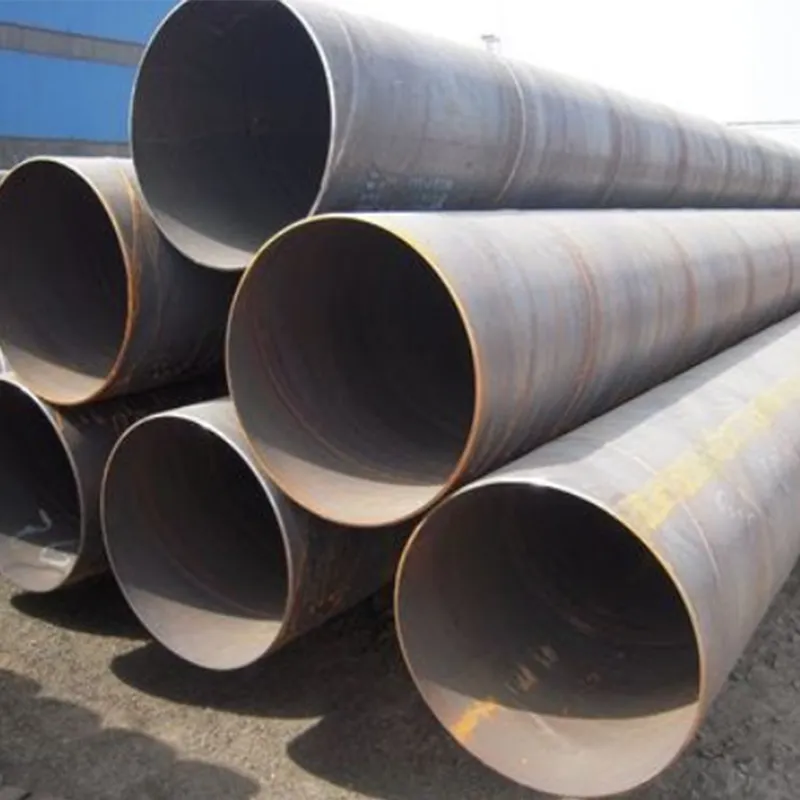-
Cangzhou Yulong Steel Co., Ltd.
-
Phone:
+86 13303177267 -
Email:
admin@ylsteelfittings.com
- English
- Arabic
- Italian
- Spanish
- Portuguese
- German
- kazakh
- Persian
- Greek
- French
- Russian
- Polish
- Thai
- Indonesian
- Vietnamese
- Zulu
- Korean
- Uzbek
- Hindi
- Serbian
- Malay
- Ukrainian
- Gujarati
- Haitian Creole
- hausa
- hawaiian
- Hebrew
- Miao
- Hungarian
- Icelandic
- igbo
- irish
- Japanese
- Javanese
- Kannada
- Khmer
- Rwandese
- Afrikaans
- Albanian
- Amharic
- Armenian
- Azerbaijani
- Basque
- Belarusian
- Bengali
- Bosnian
- Bulgarian
- Catalan
- Cebuano
- China
- China (Taiwan)
- Corsican
- Croatian
- Czech
- Danish
- Esperanto
- Estonian
- Finnish
- Frisian
- Galician
- Georgian
- Kurdish
- Kyrgyz
- Lao
- Latin
- Latvian
- Lithuanian
- Luxembourgish
- Macedonian
- Malgashi
- Malayalam
- Maltese
- Maori
- Marathi
- Mongolian
- Myanmar
- Nepali
- Norwegian
- Norwegian
- Occitan
- Pashto
- Dutch
- Punjabi
- Romanian
- Samoan
- Scottish Gaelic
- Sesotho
- Shona
- Sindhi
- Sinhala
- Slovak
- Slovenian
- Somali
- Sundanese
- Swahili
- Swedish
- Tagalog
- Tajik
- Tamil
- Tatar
- Telugu
- Turkish
- Turkmen
- Urdu
- Uighur
- Welsh
- Bantu
- Yiddish
- Yoruba

Dec . 03, 2024 15:02 Back to list
flanges and fittings
Understanding Flanges and Fittings Key Components in Piping Systems
Flanges and fittings play a crucial role in the construction and operation of piping systems across various industries, including oil and gas, chemical manufacturing, water treatment, and more. Their importance can be seen in terms of structural integrity, pressure management, and ease of maintenance. This article will explore the different types of flanges and fittings, their specific applications, and how they contribute to efficient piping systems.
What are Flanges?
Flanges are flat pieces of metal, typically circular, that serve as a connection point between two piping components. They are integral in joining pipes, valves, and other equipment in a piping system. Flanges allow for the easy assembly and disassembly of piping systems, which is essential for maintenance and repair tasks. They are usually secured by bolting and sometimes sealed with gaskets to prevent leakage.
There are several types of flanges, each designed for specific applications and pressures. The most common types include
1. Weld Neck Flanges These flanges are designed for high-pressure applications and are welded to the pipe. The tapered neck allows for a gradual change in thickness, reducing stress and increasing durability.
2. Slip-On Flanges These are slipped over the pipe end and welded in place. They are easy to align and fabricate, making them a popular choice for various applications.
3. Blind Flanges Used to close the end of a piping system, blind flanges do not have a hole in the center. They are essential for isolating sections of the piping system or if future expansion is planned.
4. Threaded Flanges These allow for easy connection without welding. They are typically used in low-pressure applications where welding is not practical.
What are Fittings?
flanges and fittings

Fittings are components used to connect different sections of pipe or to provide a change in direction in a piping system. They are essential for routing pipelines around obstacles, connecting different sizes of pipes, or changing pipe diameters. Various types of fittings are available, each serving a unique purpose
1. Elbows Used to change the direction of the piping, elbows come in various angles, with 90° and 45° being the most common.
2. Tees These fittings allow for a change in direction and provide a branch connection to another pipe. They come in two types equal tees, where all outlets are the same size, and reducing tees, which have different outlet sizes.
3. Reducers Used to connect pipes of different diameters, reducers can either be concentric or eccentric, depending on the system requirements.
4. Caps and Plugs Used to close the ends of pipes, caps go over the pipe end, while plugs are inserted into the pipe.
5. Couplings These are components used to connect two sections of pipe together, maintaining a continuous flow.
Applications of Flanges and Fittings
Flanges and fittings are employed in various applications across multiple industries. In the oil and gas sector, they are critical for managing high-pressure environments and preventing leaks. In chemical processing, they facilitate the safe transport of corrosive substances. Municipal water systems rely on flanges and fittings for effective distribution and wastewater management.
Additionally, the selection of appropriate flanges and fittings is vital for ensuring system integrity and safety. Engineers must consider factors such as pressure ratings, material compatibility, and environmental conditions when designing a piping system.
Conclusion
Flanges and fittings are indispensable elements in the construction and maintenance of piping systems. Their ability to provide secure connections and facilitate maintenance makes them essential for various industrial applications. Understanding the different types of flanges and fittings, as well as their applications, is crucial for engineers and technicians involved in the design and operation of piping systems. As industries continue to evolve, the demand for high-quality, reliable flanges and fittings will only increase, underscoring their significance in modern engineering.
Latest news
-
ANSI 150P SS304 SO FLANGE
NewsFeb.14,2025
-
ASTM A333GR6 STEEL PIPE
NewsJan.20,2025
-
ANSI B16.5 WELDING NECK FLANGE
NewsJan.15,2026
-
ANSI B16.5 SLIP-ON FLANGE
NewsApr.19,2024
-
SABS 1123 FLANGE
NewsJan.15,2025
-
DIN86044 PLATE FLANGE
NewsApr.19,2024
-
DIN2527 BLIND FLANGE
NewsApr.12,2024
-
JIS B2311 Butt-Welding Fittings LR/SR 45°/90° /180°Seamless/Weld
NewsApr.23,2024











